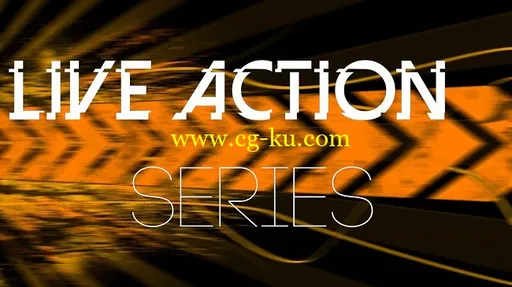
Title: Allan McKay – Live Action Series – Term 1
Info:
FX Term 1 – Century City Building Destruction
Before we dive into sequences of shots – where our focus will be in working on many FX for many shots and learning through the unique challenges that arise. Our goal of the first term is to jump in the deep end on a solo shot or a ‘one off’. This will give us the chance to focus all of our attention and energy on the process and walking through a real film studio pipeline.
Initially walking through the pre-production phase we’re able to learn many critical lessons on how to approach a visual effects shot ‘the right way’. Planning and discussing what’s involved and communicating our plan before we take action. From initial ‘hand over’ of our shot and then beginning to block out our shot in phases before we get involved too heavily in creating all of the elements.
As we dive into creating the effects, we first initially create our destruction and lock the look. Learning to create a solid workflow for creating our destruction dynamics and integrating it into our shot with basic lighting and shading. Our first review is after we initially build our first pass of the destruction – we then review this and decide on what areas need revisions – A really critical moment is where we then review our shot and begin to problem solve issues and revise any issues with our simulation before we finalize the animation, and export Alembic caches of everything for use in final rendering.
Once our dynamic simulation is approved and ‘published’ we move onto creating all of our effects which are driven from the base simulation we built. Initially focusing on geometry simulations we create many additional effects elements from sparks and embers, to additional secondary glass impacts, debris as well as dense clouds of dirt spilling out of the building as areas collapse. Each of these elements is also published and baked out to Alembic caches so they are final, and also require no further calculations.
After which we create many of our atmospheric effects, from various levels of dust, fire, explosions, shooters, smoke, smoke columns, flame bursts and internal large scale fire inside of the building, and dozens of other layers.
Meanwhile we have many intermediate implementations of our elements into composite inside of Nuke, which allow for us to see our shot progress and understand how it will all be integrated together. Finally once all of our elements are built, we begin to balance our renders out, focusing on the lighting and shading and adjusting layers until we have a perfect balance of all of our effects elements. We’re then able to begin to build up our scene states for render pass creation and take our final render passes into comp.
Not only do we focus on heavy treatment in comp of our elements, as well as many tricks to integrate our elements seamlessly into the shot, and adding additional reflections and many other steps. But we’re able to review our shot as a whole and what additional elements we wish to create. Here is where we’re able to go into 3D one final time to make any final adjustments, as well as to create ‘contact maps’ of any debris hitting the sides of the buildings, as well as burn maps for our pyro elements to burn and mark up the building areas around it, and interactive lighting passes to get our fire to illuminate and light our shot as well.
All of this is performed over a fairly lengthy time, our first time is one where we focus on doing a majority of heavy duty work, but our focus is on making one visual effects shot completely amazing and taking it through to final. Understanding every step of the way and learning many of the steps involved in revising our effects as we move through the process. The final look is that of a high quality Hollywood production level visual effects shot. Which now we can start to replicate this process but on a much larger scale in many more shots in the further terms. This is an intense lesson and paves the way for the rest of the course.
发布日期: 2017-01-21